Printmaking Papers
-
 Magnani 1404 Pescia Printmaking Paper
Magnani 1404 Pescia Printmaking PaperStarting At: $70.00
From Price $70.00
To Price $132.00
-
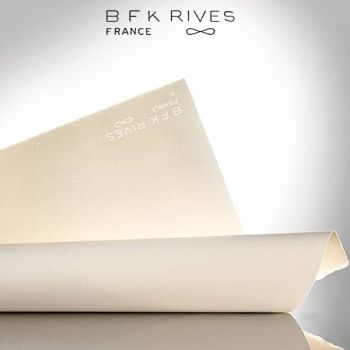 BFK Rives Printmaking Papers
BFK Rives Printmaking PapersStarting At: $52.70
From Price $52.70
To Price $1,025.00
-
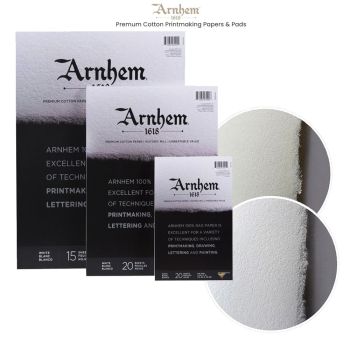 Arnhem 1618 Printmaking Papers & Pads
Arnhem 1618 Printmaking Papers & PadsStarting At: $16.22
From Price $16.22
To Price $1,142.24
-
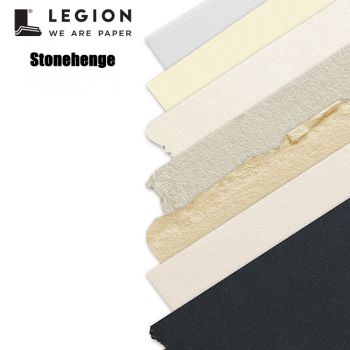 Stonehenge Printmaking & Drawing Paper Sheets And Rolls by Legion
Stonehenge Printmaking & Drawing Paper Sheets And Rolls by LegionStarting At: $37.65
From Price $37.65
To Price $432.10
-
 Arches 88 Professional Printmaking Paper
Arches 88 Professional Printmaking PaperStarting At: $68.20
From Price $68.20
To Price $682.00
-
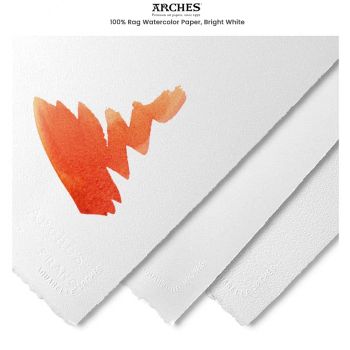 Arches Watercolor Paper Bright White
Arches Watercolor Paper Bright WhiteStarting At: $46.50
From Price $46.50
To Price $433.50
-
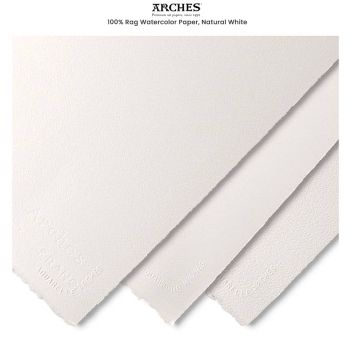 Arches Watercolor Paper Natural White
Arches Watercolor Paper Natural WhiteStarting At: $46.50
From Price $46.50
To Price $742.50
-
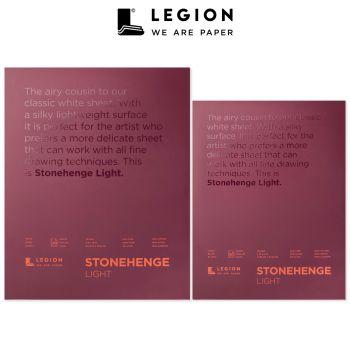 Stonehenge Light Paper Pads by Legion
Stonehenge Light Paper Pads by LegionStarting At: $1.99
From Price $1.99
To Price $21.98
-
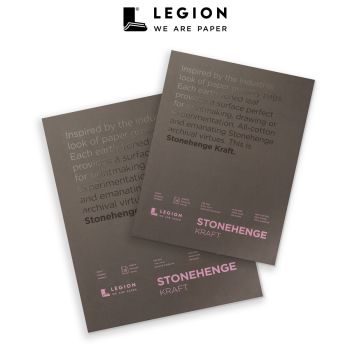 Stonehenge Kraft Paper Pads by Legion
Stonehenge Kraft Paper Pads by LegionStarting At: $1.99
From Price $1.99
To Price $31.58
-
 Strathmore 300 & 400 Series Printmaking Papers & Pads
Strathmore 300 & 400 Series Printmaking Papers & PadsStarting At: $5.33
From Price $5.33
To Price $83.04
-
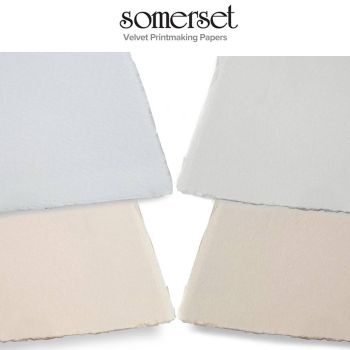 Somerset Velvet Printmaking Papers
Somerset Velvet Printmaking PapersStarting At: $56.29
From Price $56.29
To Price $507.48
-
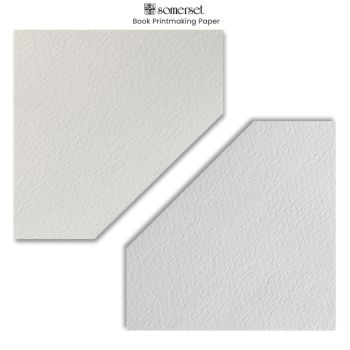 Somerset Book Printmaking Papers
Somerset Book Printmaking PapersStarting At: $27.93
From Price $27.93
To Price $299.71
-
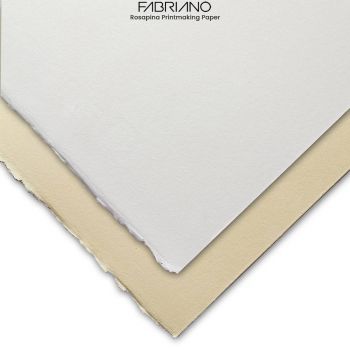 Fabriano Rosapina Printmaking Paper
Fabriano Rosapina Printmaking PaperStarting At: $67.38
From Price $67.38
To Price $269.50
-
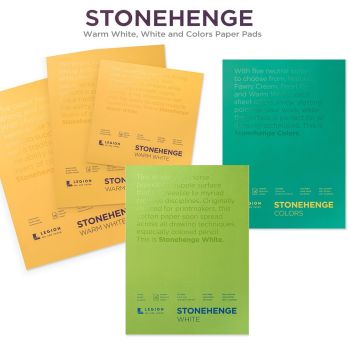 Stonehenge Fine Drawing & Printmaking Paper Pads by Legion
Stonehenge Fine Drawing & Printmaking Paper Pads by LegionStarting At: $1.99
From Price $1.99
To Price $50.20
The Right Printmaking Paper
At Jerry's, we feel the right printmaking paper is essential for artists seeking to create exquisite prints through various techniques designed specifically for printmaking techniques such as etching, engraving, lithography, relief printing, and screen printing for the best outcome. Artists often look for paper with specific qualities like durability, absorbency, and texture. For water-based printmaking techniques like lithography, a sturdy paper with high absorbency is preferred to capture fine details and retain vibrant colors. On the other hand, relief printing may require a paper with a smoother surface to ensure precise ink transfer. When it comes to intaglio techniques such as etching, a heavier weight paper is desired to withstand the pressure exerted during the printing process. Overall, selecting the appropriate printmaking paper and printmaking ink is a thoughtful decision that involves considering the specific technique, desired effects, and personal artistic preferences.
See Also Recommended: Watercolor papers, Mixed media paper, Artist inks
Printmaking paper refers to specialized paper designed specifically for printmaking techniques such as etching, engraving, lithography, relief printing, and screen printing. Unlike regular paper, printmaking paper possesses specific qualities that make it suitable for these artistic processes. It is typically thicker and more durable, allowing it to withstand the pressure and manipulation involved in the printmaking process. The paper's absorbency is carefully balanced to ensure optimal ink retention, allowing for clear and crisp image transfer. Additionally, printmaking paper often has a specific texture or surface quality, such as a smooth or rough texture, which can impact the final appearance and feel of the print. Artists choose printmaking paper based on their preferred technique, desired effects, and personal aesthetic preferences, as different papers can produce varying results in terms of color vibrancy, line definition, and overall visual impact.
Determining the "best" papers for printmaking depends on various factors, including the specific printmaking technique, desired outcomes, and personal preferences. However, several well-regarded printmaking papers are commonly recommended by artists. Here is a list of some of the best:
- Arches Cover Paper : This heavyweight, 100% cotton paper is often favored for its exceptional durability and versatility. It offers a smooth surface for fine details and excellent ink absorption.
- Somerset Printmaking Papers : A popular choice among printmakers, Somerset paper is made from 100% cotton and features a soft, velvety texture. It is suitable for a range of printmaking techniques and provides good ink holdout.
- BFK Rives Paper : This high-quality, acid-free printmaking paper is known for its smooth surface, excellent ink absorption, and durability. It works well for etching, engraving, and lithography techniques.
- Stonehenge: With its smooth, vellum-like surface, Stonehenge paper is often preferred for its versatility and ability to handle various printmaking techniques. It offers good color saturation and can handle multiple layers of ink.
- Strathmore 400 Series Printmaking Paper : This series is available in a variety of weights and textures, including smooth and textured surfaces. The paper is made from 100% cotton fiber.
It's important to note that each artist may have their own preferences based on their style and artistic goals. Exploring different papers and experimenting with various techniques can help artists find the printmaking paper that best suits their individual needs.
What inks do you use on printmaking paper?
When selecting inks for printmaking paper it's important to take into account aspects like the intended print quality drying speed and suitability for the printing method. There are many types of inks you can use but be sure the ink will adhere to it.
Oil-based Printing Inks: inks that work well for different types of printmaking methods like relief printing (such as woodcut and linocut) intaglio printing (like etching and engraving) and lithography.
Water-based Printing Inks: can be used for relief printing and screen printing on paper. Water-based inks dry quickly, which can be advantageous for artists who want to work efficiently or apply multiple layers of color.
Etching Inks: ink for etching is specially designed for intaglio printing methods like etching and engraving. These inks are usually oil based and thicker in texture when compared to relief printing inks.
Screen Printing Inks: come in various types, including water-based, solvent-based, and plastisol inks. Also known as silk screen inks, these are specially formulated for screen printing on paper.
Lithographic Inks: involves the use of oil-based inks specifically designed for the process and are formulated to adhere to the greasy image areas on the printing plate while repelling water from the non-image areas.




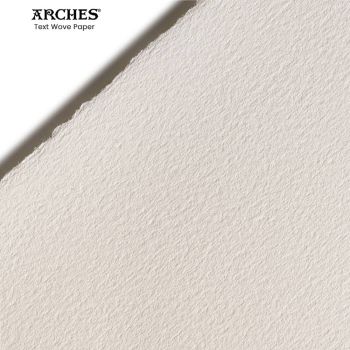

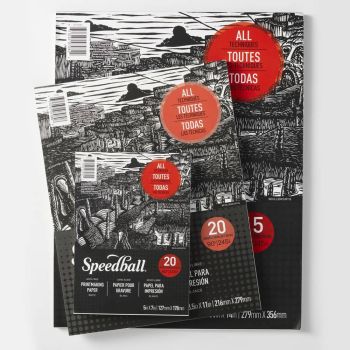
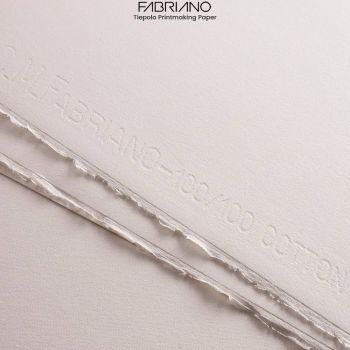
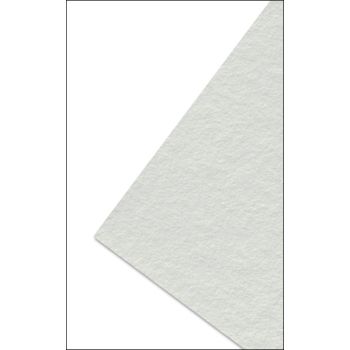
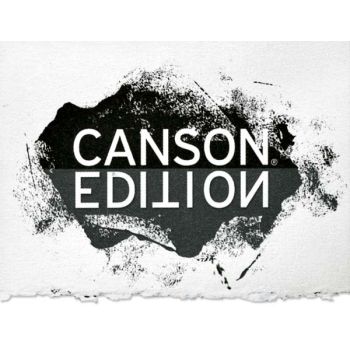
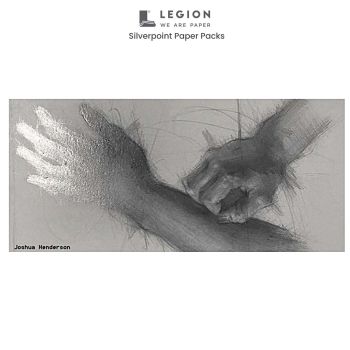




Login and Registration Form
Customer Login
Already a customer ? Sign in now for the best experience!
* indicates a required field